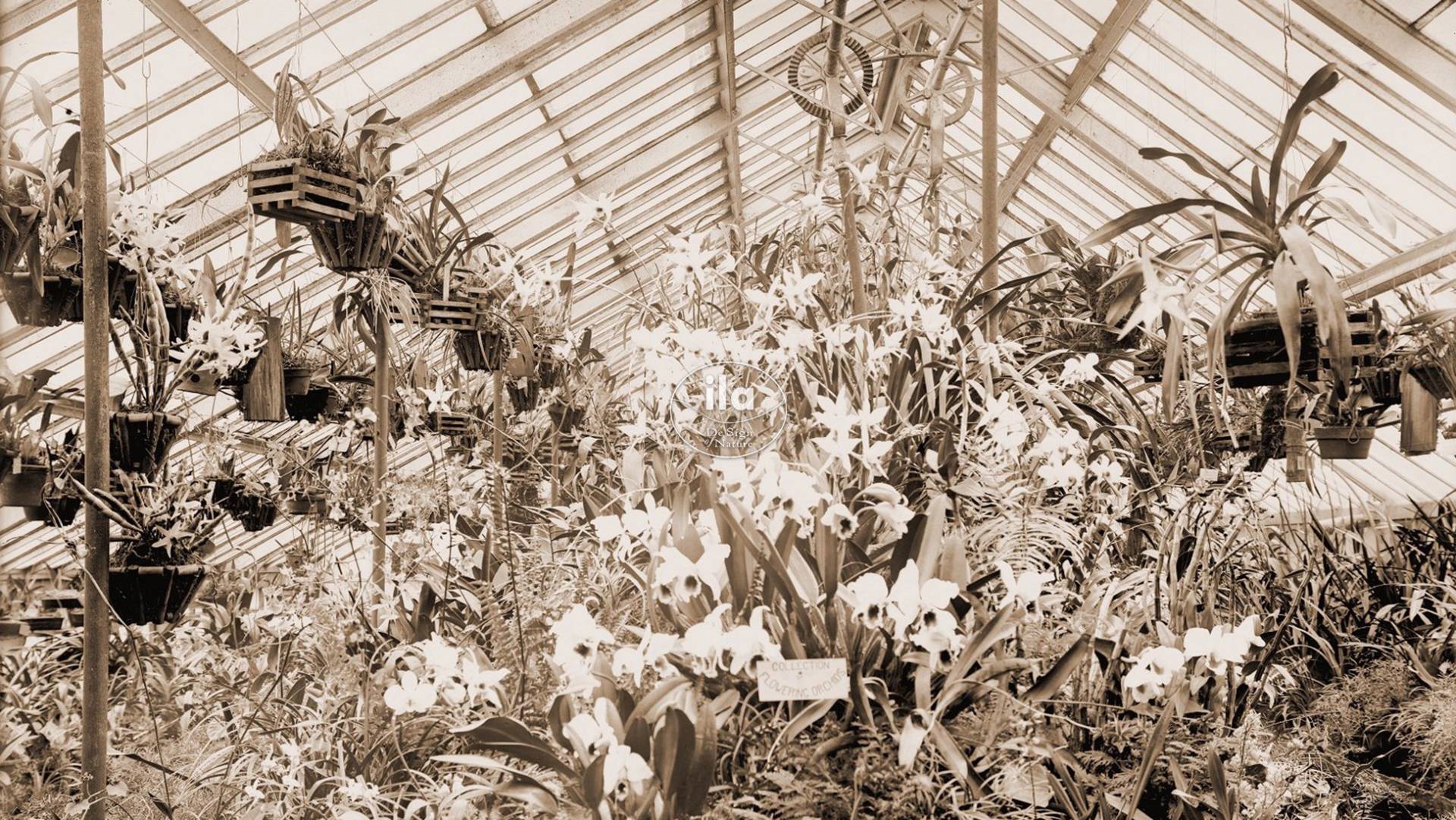In Western society, Phalaenopsis is the iconic image of the orchid world, plants that adorn both the most luxurious corners of hotels and resorts and the shelves of supermarkets.
Such widespread popularity is due to a combination of factors, such as colonial expansionism, fashion, scientific progress and the interest of horticultural societies, which, since the 19th century, have allowed the creation of more than 100,000 recognised varieties.

The Orchidaceae family combines images of distant worlds, where copious blooms of Cattleya hang with their aerial roots from trunks immersed in tropical jungles, to decidedly more familiar atmospheres, such as the terricolous species, from Bletille to Pogonia, that populate partially shady corners of our best-preserved mountainous landscapes.

Orchid plants are therefore not just an imported product: they have been known and appreciated since classical Greek times, both for their spectacular blooms and for the medicinal properties of their roots, believed to improve fertility and male virility, hence the etymology of these plants (orkhis means testicle).

For more than 30 years, the Ila team has expressed its botanical curiosity and, like the floriculturists aboard the English ships of the East India Company, pays homage to centuries of tradition that have seen humans gaze in wonder at orchid flowers, creating extremely accurate reproductions rich in unusual botanical details.


